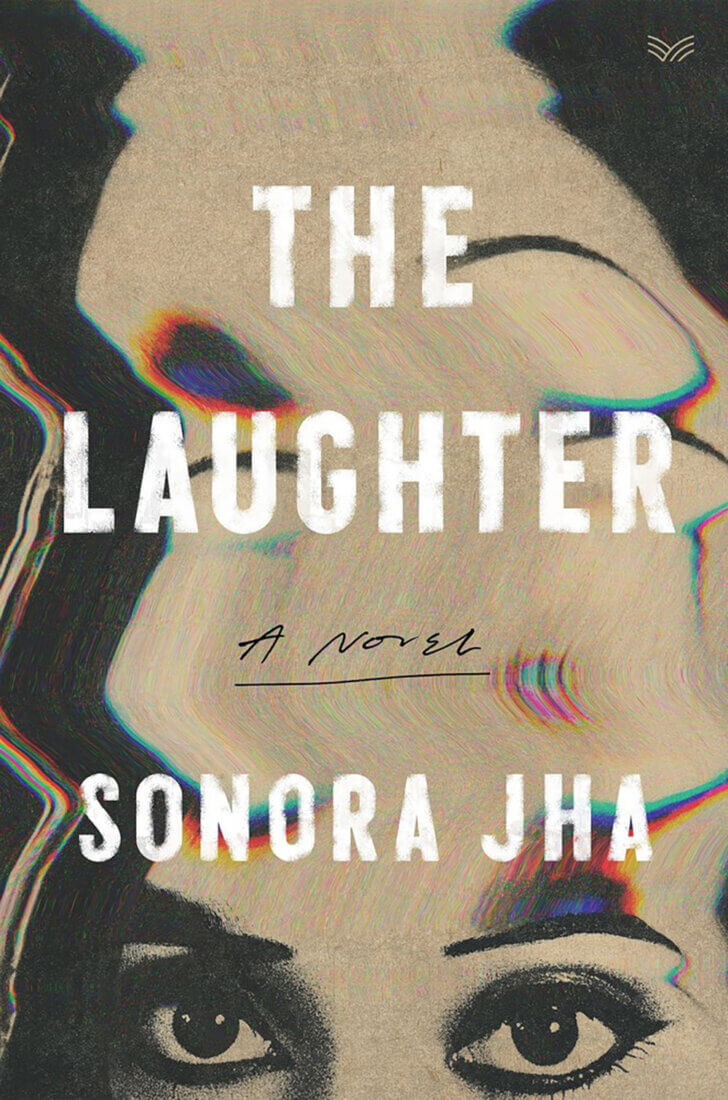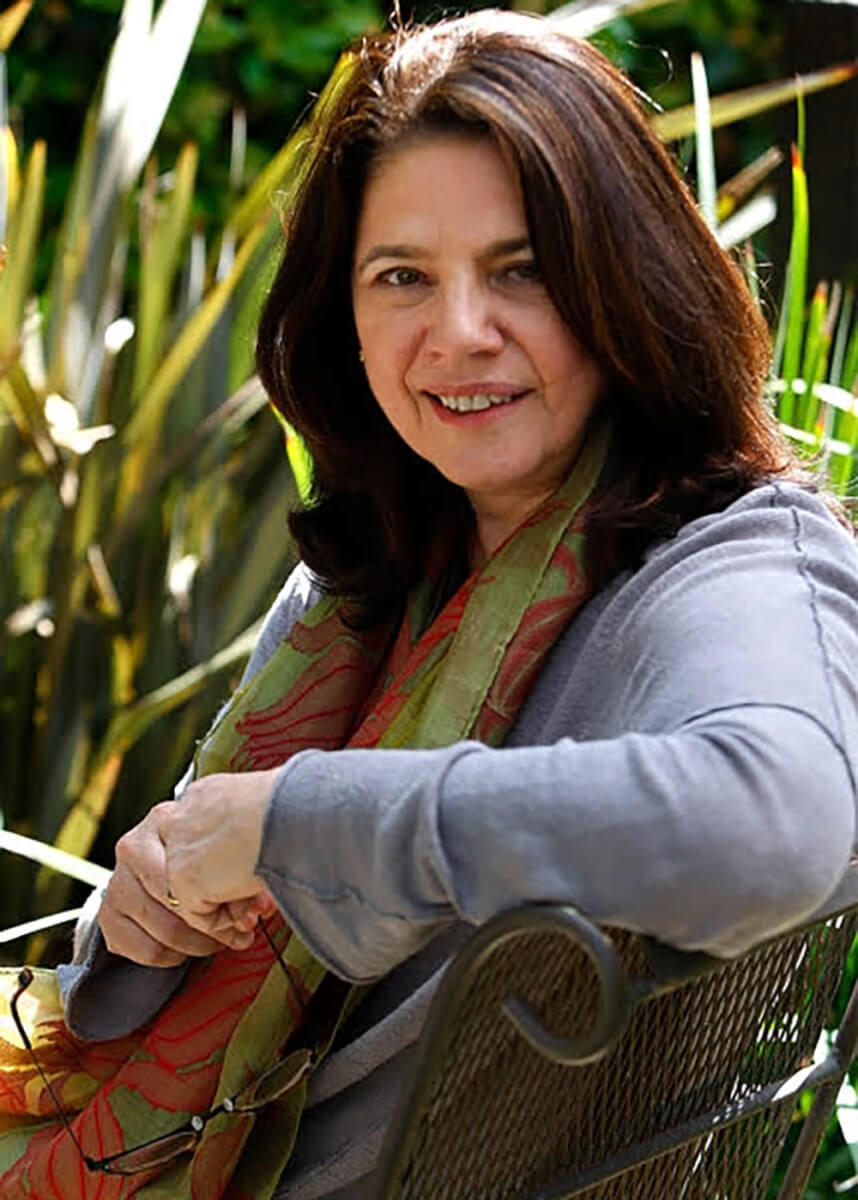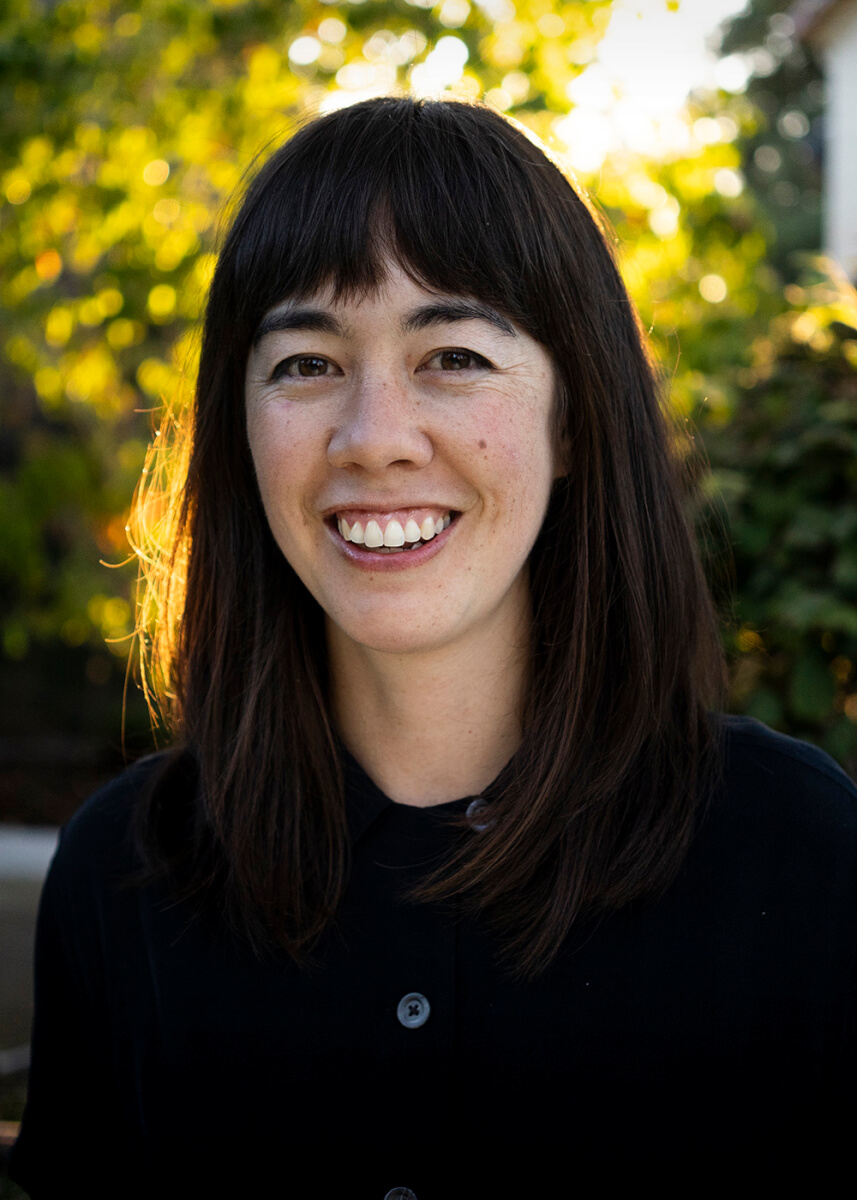Your first book, Entangled Life, became such a success upon its publication in the spring of 2020. It was both a product of and a contributor to a new global phenomenon: our fascination with fungi. You’ve said that the book’s reception came as a surprise, but here you are now, transforming it into an illustrated gift edition, filled with stunning macrophotography of lichen and mushrooms, and microphotography of spores and nematodes. What does it mean to you, to present your book in this new format?
So much of fungal life takes place out of the reach of our unaided senses that it can be hard to find a way into their worlds; we need all the help we can get and sometimes words can only get us so far. To come closer to fungi we have to look at them. Indeed, much of our modern scientific understanding of fungi—and life in general—has been transformed by microscopes that enhance our ability to see, rendering the invisible visible. My own understanding of fungi, like those of many of my colleagues, has similarly been transformed by the many hours I’ve spent looking at fungi, often gazing down a microscope. The illustrated edition of Entangled Life is a way to invite readers into some of these astonishing visual worlds and celebrate the remarkable artist-researchers who have painstakingly captured these images. I think it is a beautiful book to hold and explore.
How did you go about abridging the text? Did the imagery guide you in any way, or was it the other way around?
It was a challenge! When writing, I often found myself imagining the book’s themes and stories as cords that I could splice, braid and weave. I soon realized that abridging the text meant more than just cutting words and sections; I had to make sure that I had suitably re-woven the threads. Sometimes I was guided by the imagery, and sometimes I had to let the text tell me how it wanted to flow. I had anticipated that this would be a frustrating process, but in fact it turned out to be satisfying, and I’m happy with the outcome.
Speaking of this new widespread appreciation for fungi, what do you think it’s all about? We can certainly look back to Michael Pollan’s 2018 book, How to Change Your Mind, and the 2019 film Fantastic Fungi, and we can make assumptions about how 2020’s COVID-19 pandemic led people toward yeasty hobbies like brewing and baking, and toward greater desire for mycelium-like closeness. Or perhaps it’s been driven by a desperate hope that fungus will save the world by eating all our plastics and all our problems. What do you believe has most captured our attention about fungi, and why now?
I think there are a few reasons. The first is quite simple: We know more about fungi than we used to thanks to the development of technologies—like DNA sequencing—and decades of brilliant work by mycologists all over the world. The more we have learned, the more we have been able to appreciate the vital roles that fungi play in Earth’s systems.
“These are remarkable depictions of symbiosis in action: You can see the fungi clasping the algal cells. It’s so intimate.”
Second, as environmental emergencies have worsened, a growing awareness of the interconnectivity of all life forms has permeated public consciousness. This has coincided with the rise of network science and network models, now used to make sense of everything from human social lives to biochemistry. Fungi are interconnected organisms—most live their lives as networks and form literal connections between organisms—and so make powerful poster organisms for both ecological and network thinking.
Third, I think the growing interest in psychedelics has also played a part. Much of the recent wave of research into psychedelics has taken place with psilocybin, found in “magic” mushrooms, and I think the astonishing and puzzling effects of this compound have helped awaken curiosity to fungi more generally.
Fourth, as you suggest, people have been captivated by the many ways we might partner with fungi to help us to adapt to life on a damaged planet. Ongoing environmental devastation has brought about renewed interest in the fungal world, and radical mycological possibilities abound, from fungal medicines to fungal foods, to new building materials and more.
So much of your discussion of fungi is about relationships and challenging the definition of the individual–which is another reason we might assume your book has reached so many readers. (Imagine if human social media could provide the level of connection of the mycorrhizal “wood wide web”!) Yet this illustrated edition features fungi portraiture, with close-ups of individual fruiting bodies in their best light. I wonder, when looking at these photographs, do you see an individual?
No, I don’t. Mushrooms are loosely analogous to a plant’s fruit. When I see an apple, I see a representative of an apple tree with tangling branches growing upwards, and tangling roots growing into the soil. Likewise, when I see a mushroom, I see a representative of a sprawling fungal network, itself potentially linked up to one or more plants. We are only ever looking at part of the picture.
Some of the book’s images feel more abstract to the untrained eye. If you know what you’re looking at, an image may inform and illuminate; to the layperson, the same imagery can confound. Which images have been most illuminating to you, and which have been most challenging?
One of the things I was trying to do in this book was to play with scale, moving from images of comparatively large subjects like mushrooms and humans to microscopic subjects like spores and mycelial networks. I’ve found an interesting effect arises when one shuttles between scales: The familiar can become unfamiliar, as if we’re looking at something for the first time. A familiar looking mushroom might suddenly look strange, and a microscope image of a mycelial network might feel like a vast landscape or a dense forest in which one could get lost. In this way I’ve found that many of the images that are most bewildering are also the most beautiful.
As we learn in the section on lichens, the creation of the word symbiosis completely transformed the field of ecology as well as our overall understanding of the way the world works. It was a shift away from the hypercompetitive notion of “red in tooth and claw” evolution, instead acknowledging the complexities of relationships in the natural world. Have any of the images in this book dramatically shaken up your field the way this word did?
So many of these images represent key concepts and perspectives, but some of my favorites are the images of lichens captured and created by Toby Spribille and Arseniy Belosokhov. These are remarkable depictions of symbiosis in action: You can see the fungi clasping the algal cells. It’s so intimate. I’ve never seen such good images of lichens.
In the opposite case to symbiosis, sometimes words fall short, like when using the word brain to describe the signals sent through a mycelial network. There are also pitfalls in relying too heavily on metaphors, as symbols don’t always translate from one person to the next. And sometimes, the answer to a question is still just “we don’t know,” such as the question of what psilocybin teaches us about the human mind. How do you reconcile the unknown with your scientific pursuit to know?
Much of the practice of the sciences involves choosing how to relate to the unknown. Fungi make questions of our categories, and thinking about them makes the world look different. It was my growing delight in their power to do so that led me to write this book in the first place. I have tried to find ways to enjoy the ambiguities and mysteries that fungi present, but it’s not always easy to be comfortable in the space created by open questions. Then again, when you answer a question, it ceases to be a question. I’ve learned to enjoy the exhilaration of unanswered questions and the way that they pull one forward into deeper inquiry.
“There are so many ways to be a fungus, just as there are so many ways to be an animal. . . . A great white shark might be scary. But the fact that the shark is scary wouldn’t necessarily make you scared of all other animals.”
Two of your own images are included in the book. What brings you the most joy or pride about them?
I love the way that they depict the remarkable intimacy of the physical relationship between plant and fungus. Of course, the images have additional layers of meaning for me: They are representations not only of the fungi living in the roots of a plant, but of the rest of the plant and its web of relationships within a tropical forest in which I spent a lot of time.
Although this illustrated edition has so many incredible images, it’s impossible to rely wholly on vision when it comes to fungi. Our eyes and cameras can only perceive so much. I wonder if this required imagination is why, even in a mushroom-loving cultural moment, some people still fear fungus and its unknowns. What would you say to those whose imagination turns to fear?
Fear of fungi runs deep in some cultures, whether because of poisonous mushrooms, the threat of fungal pathogens or the fact that so many fungi are decomposers and therefore associated with death and decay. In reality, fungi are a kingdom of life, as broad and busy a category as animals or plants. There are so many ways to be a fungus, just as there are so many ways to be an animal. A particular fungal pathogen might be scary, just as a great white shark might be scary. But the fact that the shark is scary wouldn’t necessarily make you scared of all other animals. Faced with fear about fungi, I would turn my mind to their many essential life-giving properties and the many ways human existence is unimaginable without them. No plants could exist without fungi, for example, nor would bread, alcohol, soy sauce or any number of lifesaving fungal medicines.
What is your advice for all amateurs crouching over a patch of forest, hoping for their own encounter with a mushroom or lichen?
One of the most important things is to sit and let one’s eyes adjust. It often takes a while for fungi to jump out at you. Sitting quietly, with a softer focus, can be a helpful way to tune in.
The only way your readership hasn’t been able to experience your book’s content is by taste and smell, so I must ask, is a fermentation guide in your future?
Not currently, although my brother Cosmo and I have recently released a line of live, fermented hot sauce!


























